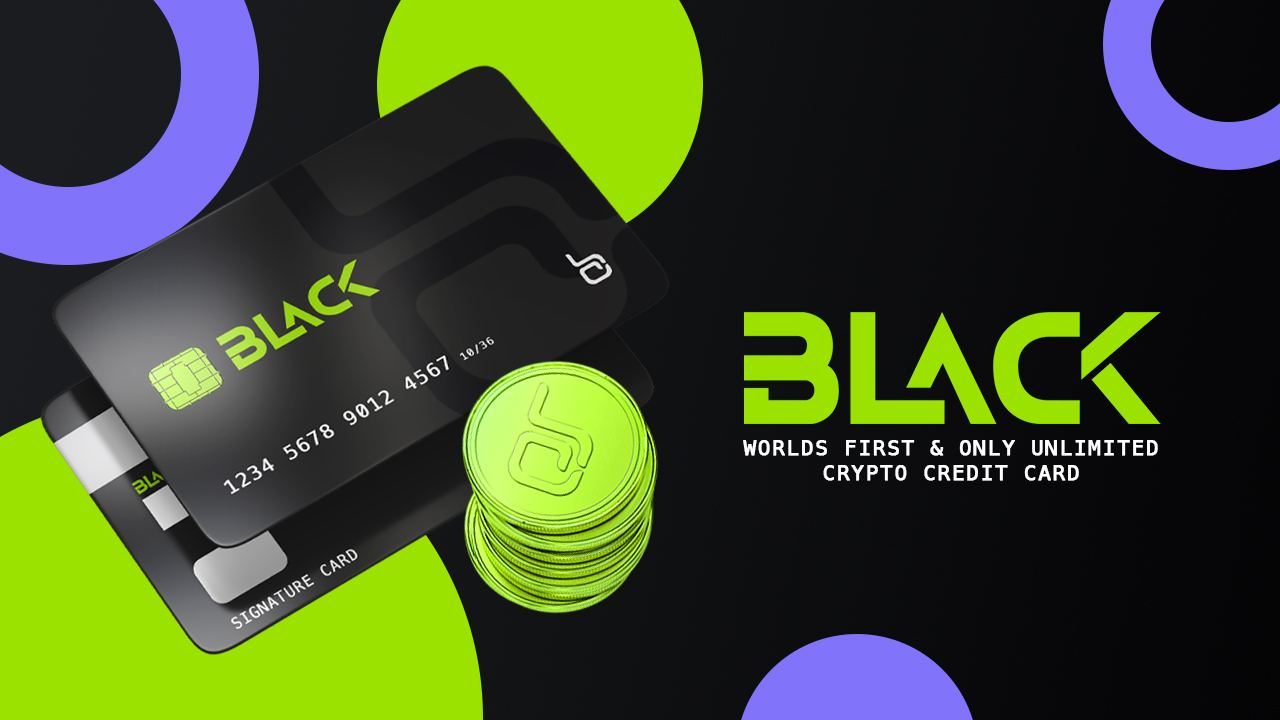Perpetual Protocol Review: Does It Have Future?
The Perpetual Protocol review is a software project that was established in 2019 as an open-source initiative.
The project’s origin is traced to Taiwan, and over time, it has expanded to become a decentralized team distributed across the world. The platform aims to enable decentralized trading of perpetual contracts for any asset, including cryptocurrency, without relying on an intermediary.
In August 2020, the Perpetual Protocol review secured a total of USD 1.8 million in funding from 12 investors, led by Multicoin Capital, a prominent investment firm. The funding round was instrumental in supporting the platform’s continued development, enabling it to enhance its capabilities and reach a wider audience.
The Perpetual Protocol review’s innovative approach to trading has earned it a growing reputation within the blockchain and cryptocurrency community. The platform’s use of automated market makers and virtual AMMs has revolutionized the way decentralized exchanges operate, making it easier for traders to execute transactions without relying on a central authority.
With a commitment to transparency and community-driven development, the Perpetual Protocol review has continued to attract investors and users from around the world. Its focus on creating a decentralized trading platform that is accessible to anyone has helped to position it as a leader in the decentralized finance (DeFi) space.
xDai Chain
An important feature of Perpetual Protocol is that the platform is run on the xDai chain. This means that if you’re using MetaMask wallet, you don’t need to pay for gas fees here (but if you’re using a hardware wallet, you need to pay for the gas fees). You can get free xDai here.
USDC as Collateral and Settlement
The Perpetual Protocol review lets users use USDC as collateral when trading perpetual contracts. Every trade at this platform is settled in USDC. The platform offers a leverage of up to 10x. All trading activities are performed entirely on-chain without any cryptocurrency custody.
Perpetual Protocol v2 Update
According to information from the exchange to Cryptowisser.com, the upcoming v2 update will introduce multi-collateral, cross-margin, and permissionless market creation.
General Information on DEXs
Perpetual Protocol review are becoming popular predominantly due to reasons like:
- No requirement for a third party to store user funds. DEX gives users direct control of their cryptos allowing them to transact directly with any counterparty.
- Limited KYC requirements make it possible to create an account and jump right into trading digital assets.
- Low risk of server downtime since they are spread out across the globe
- Higher immunity to attacks from hackers.
However, one should remember that DEXs normally have an order book with lower liquidity in comparison to their centralized counterparts, although that’s slowly starting to change.
Perpetual Protocol Compatible Wallets
In order to use Perpetual Protocol review, you need to have one of the following wallets. Access to the platform is only possible to use if you connect your wallet to the platform.
Protocol Liquidity
The decentralized perpetual contract of the Perpetual Protocol review uses computerized virtual market makers to match off deals. These virtual AMM are created with full collateralization and market neutrality in mind. Users are guaranteed high levels of liquidity because a counterparty is not required. Also, its consistent product curves form the foundation of its predictable pricing model.
How Does Perpetual Protocol Work?
Anybody is welcome to utilize the perpetual contracts protocol of the Perpetual Protocol review. With this, it will trade using its cutting-edge Virtual AMMs-based exchange with little slippage and plenty of liquidity. The developers are also utilizing xDai, a scaling blockchain technology, which will allow them to outperform other Ethereum-based exchanges in terms of trade speed while charging zero gas fees on all transactions in the blockchain and cryptocurrency sectors. Every collateral utilized on the exchange is in USDC because trades onPerpetual Protocol review are settled in USDC.
Perpetual Protocol (PERP) enables investors to make investments and take use of xDai scaling technology without having to worry about generating wallets thanks to its simplified architecture. The users can trade actively by only depositing ISDC using their current wallet through their trading interface. Throughout the process, the user’s money are managed by their Metamask wallet or another suitable wallet.
Stakers on the Perpetual Protocol get to earn rewards and fees for their staked PERP tokens while experiencing zero danger of transitory loss. The staked PERP tokens are kept secure in the intelligent contract vault, not a liquidity pool, rather than being kept on vAMM or used for liquidity. The staked PERP tokens are thus protected from transient losses.
Perpetual Protocol review’s (PERP) official website goes into great detail on how it operates and what features users should be aware of. Perpetual contract trading on a decentralized platform is quite similar to trading on a controlled exchange. There are two variations. One of them is that Perpetual Protocol does not make use of an order book, therefore trades are filled as soon as they are placed. No counterparty is required; there is no need to wait. Second, settlement times for deals are a little bit slower than on centralized exchanges. This is more likely at times of high volume. In order to offer slippage controls and enable PERP trade operations to be carried out on xDai, much faster than the Ethereum base layer, PERP uses mitigation measures.
Futures contracts of various types include perpetual contracts. By purchasing long or short perpetual futures contracts, it enables traders to make predictions about the price of an asset in the future. As perpetual contracts do not have an expiration date like standard futures contracts do, the position will continue in existence until the speculator closes the trade. Trading can lead to a loss of money, but the Perpetual Protocol review guarantees that the investor will never lose more than their initial investment. Although this is a system feature, before engaging in any derivatives markets or dealing with financial products, investors should do their own research.
PERP Token
The DAO issues PERP, the native token of the Perpetual Protocol review and a typical ERC-20 token on Ethereum. The primary purpose of the PERP coin is as a utility token created to support and encourage the protocol’s decentralized governance. As a result, Perpetual Protocol review token holders receive voting rights based on the number of tokens they own. Governance, staking, and exchange backstop are its three application cases.
The PERP token owners can lock up their PERP for a set period of time in the Staking Pool under the Staking use case. Following that, individuals receive benefits for staking and rising market involvement. The PERP tokens may be sold in the markets in extreme circumstances, as when the exchange insurance fund runs out, to make up the difference. Holders of PERP tokens who stake their tokens also receive governance privileges. Holders of PERP tokens may vote or submit fresh suggestions for ways to enhance the Perpetual Protocol review. As a result, the government is more decentralized and more democratic, like in real life.
A feature for insurance funds has also been added by Perpetual Protocol review (PERP). In the event of unanticipated losses, this is the first line of defense. This could be the result of either losses during the liquidation process or the investors’ failure to fund position payments. The protocol being employed, where 50% of the transaction fee is deposited, results in the accumulation of this fund. A smart contract that mints new Perpetual Protocol review and sells them right away for collateral in the vault to safeguard the system’s stability will be triggered if the Insurance fund runs out.
US-investors
For its services, the primary trading venue (perp.exchange) has outlined a few eligibility requirements. Investors from the United States are ineligible to utilize the perp.exchange interface since they fall within the restricted category. According to its terms of service, citizens in prohibited countries are not eligible for any of the services provided by this exchange.
Taiwan, the UK, Antigua and Barbuda, Algeria, Bangladesh, Bolivia, Belarus, Burundi, Myanmar (Burma), Cote D’Ivoire (Ivory Coast), Crimea and Sevastopol, Cuba, Democratic Republic of the Congo, Ecuador, Iran, Iraq, Libya, Mali, Morocco, Magnitsky, Liberia, Nepal, North Korea, Somalia, Sudan, Syria, Venezuela, and Zimbabwe are some additional nations on the restricted list.
However, there are various interfaces available for the same protocol, just like with other DEXs. You can access Perpetual Protocol review using apex.win, a trading platform created by outside developers, according to the team. In addition, there are no limitations on how you can engage with the on-chain smart contracts of Perpetual Protocol.
Interface
The trading interface is a feature of all trading platforms. This interface is the section of the exchange’s website where you can view the price chart and real-time price of a particular coin. Also, there are typically buy and sell boxes where you can place orders for the relevant cryptocurrency. On the majority of platforms, you can also view the order history (i.e., previous transactions involving the relevant crypto). On your desktop, everything is displayed in the same way. Of course, there are variants on what we have just explained. This is the Perpetual Protocol review trading interface (with no wallet connected though).
Fees
Perpetual Protocol Trading fees
Many centralized exchanges levy what we refer to as taker fees from the takers and what we refer to as maker fees from the makers. By accepting orders that have already been placed, takers remove liquidity from the order book, whereas makers are the ones who put the orders. The primary remedy for this is to merely impose “flat” rates. When an exchange uses flat fees, it means that both the creator and the taker pay the same amount.
Whether you are a maker or a taker, Perpetual Protocol review charges 0.10% every transaction.
These fees are competitive compared to the industry average, regardless of whether you compare them to DEXs or centralized exchanges.
Perpetual Protocol Withdrawal fees
Several centralized exchanges impose costs on both makers and takers, which we refer to as taker fees and maker fees, respectively. By accepting previously placed orders, takers drain liquidity from the order book while makers are the ones who issue the orders. The principal countermeasure to this is to merely impose “flat” fees. The exchange will charge both the creator and the taker the same flat cost.
Regardless of whether you are a maker or a taker, Perpetual Protocol costs 0.10% for each transaction.
Regardless of whether you compare to DEXs or centralized exchanges, these costs are reasonably affordable compared to the industry standard.
Deposit Methods
Perpetual Protocol review, like all (or nearly all) other DEXs, does not accept any deposits in fiat money. This implies that users of this trading platform who have never owned any cryptocurrency are ineligible to trade. You need an exchange known as a “entry-level exchange,” which is an exchange that accepts deposits of fiat money, in order to buy your first cryptocurrencies.
Security
DEX servers are typically dispersed throughout the world. This contrasts with centralized exchanges, which often have fewer servers overall. Because of this server dispersion, there is less chance of server outages, and DEXs are almost impervious to attacks. This is due to the fact that if one of the servers goes down, it hardly affects the entire network. But, you can cause a lot more damage if you are able to access a server at a centralized exchange.
A DEX never touches your assets when you make a deal there, which is another benefit. In light of the foregoing, even if a hacker were to manage to compromise the exchange, they would not be able to access your assets. When you transact through a centralized exchange, you typically keep your assets there until you withdraw them to your personal wallet. As a result, a centralized exchange could be compromised, allowing for the theft of your assets. In regard to decentralized exchanges like Perpetual Protocol, this is not the case.
DISCLAIMER: The Information on this website is provided as general market commentary and does not constitute investment advice. We encourage you to do your research before investing.
Join us to keep track of news: https://linktr.ee/coincu
Website: coincu.com
Annie
Coincu News























